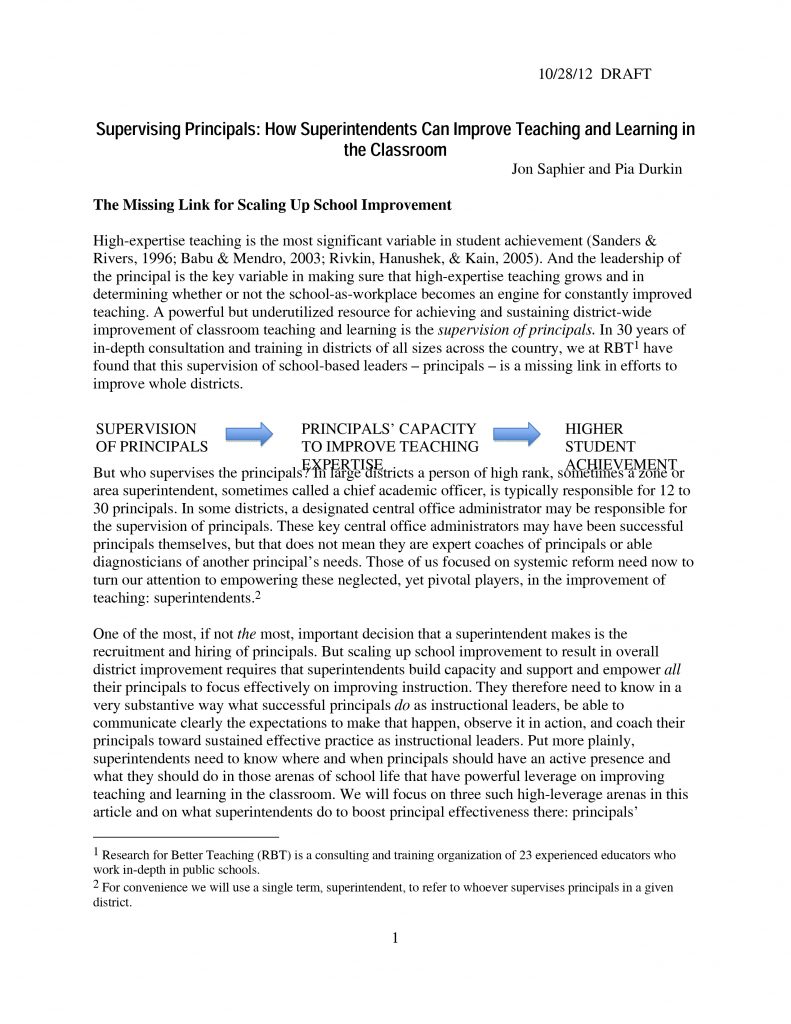GLISI curates cutting-edge research, reports, and in-house publications to support the development of leaders from the classroom to the school building to the central office.
Select the applicable leader key and leader type in the filter to find relevant resources for your needs.
Our accountability rests with our adult actions and practices that impact student outcomes. Using a Cause Category Chart and Cause Exploration Cards, this Cause Exploration Practice can help your team…
Read MoreImplementing Common Core is at the center of the current education spotlight. The attention of schools, legislators and media is squarely focused on implementing rigorous academic curriculum to ensure all students graduate college and career ready. Yet, research suggests that soft skills are equally important to student success after high school as strong academic performance. This research brief highlights some of the research on soft skills, and offers examples and tips for how pioneering educators are teaching these important skills across the K-12 spectrum.
Read MoreThis resource examines the role superintendents as principal supervisors and their importance in building principals’ instructional leadership capacity and helping them advance student achievement, looking particularly at 3 high-leverage arenas in which superintendents can have the greatest impact on principals.
Read MoreThis short article provides an overview of the five practices research has identified as critical to effective school leadership: 1) shaping a vision; 2) creating a climate hospitable to education; 3) cultivating leadership in others; 4) improving instruction; 5) and managing people, data, and processes.
Read MoreThis tool was created by New Leaders to identify successful practices in schools showing dramatic gains. The framework includes 5 categories of school practices, each of which is further divided into Key Levers that represent a subset of practices used in New Leaders’ highest performing schools.
Read MoreThis document offers an 8-point framework for driving systemic reform at the high school level, including a map for the roles of the school, the district, and the state.
Read MoreThis document is an extension of the Eight Elements of High School Improvement: A Mapping Framework. It provides a set of benchmarks that dig more deeply into the effectiveness indicators outlined in the Eight Elements and outlines practices that can be used at the building level to support high school improvement.
Read More





